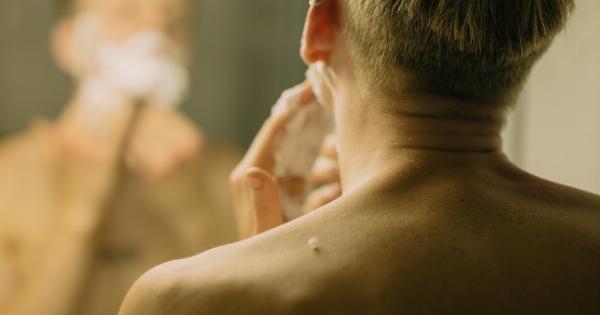Intimate hair removal is a personal choice that many individuals make for various reasons, including hygiene, aesthetics, and cultural reasons.
However, it is essential to be aware of the potential risk factors associated with intimate hair removal, as they can have adverse effects on both physical and emotional well-being. This article explores the various risk factors that individuals should consider before opting for intimate hair removal.
1. Skin Irritation and Allergic Reactions
One of the most common risk factors associated with intimate hair removal is skin irritation and allergic reactions.
Shaving, waxing, and using depilatory creams can cause redness, itching, and inflammation, particularly in individuals with sensitive skin. Moreover, some individuals may be allergic to the products used for hair removal, leading to more severe allergic reactions.
2. Ingrown Hairs
Ingrown hairs are a prevalent risk factor when it comes to hair removal in intimate areas. When hair is removed from its follicle, it may sometimes grow back into the skin instead of outwardly.
This can result in painful and unsightly ingrown hairs, which can lead to infections and scarring if not treated properly.
3. Cuts and Abrasions
Mishaps during hair removal can result in cuts and abrasions, especially when using sharp razors or waxing strips. These cuts can be painful and increase the risk of infection if not cleaned and cared for promptly.
4. Burns and Blisters
Hot wax or overly hot hair removal devices can cause burns and blisters, particularly in sensitive areas. Improper temperature regulation or careless handling of hair removal tools can lead to painful burns that require medical attention.
5. Skin Discoloration and Hyperpigmentation
Repeated or aggressive hair removal methods can cause skin discoloration and hyperpigmentation in intimate areas. This can manifest as dark patches or uneven skin tone, which may take a long time to fade or even become permanent in some cases.
6. Skin Infections
Improper hygiene during or after hair removal can contribute to bacterial or fungal infections.
Open cuts, ingrown hairs, or irritated skin are susceptible to infections that can lead to discomfort, prolonged healing time, and the need for medical intervention.
7. Psychological Effects
Intimate hair removal can have psychological effects, particularly when societal or cultural standards play a role in the decision-making process.
Unrealistic beauty standards and body image issues can contribute to feelings of inadequacy, low self-esteem, and even dysmorphia.
8. Pain and Discomfort
Many hair removal methods, such as waxing or laser treatments, can cause varying degrees of pain and discomfort. The pain threshold varies among individuals, and some may find these procedures intolerable or excessively painful.
9. Cost
Intimate hair removal can be a costly endeavor, especially if opting for professional treatments such as laser hair removal.
The expenses associated with regular maintenance sessions can quickly add up, making it financially unfeasible for some individuals.
10. Time and Maintenance
Maintaining hair-free intimate areas requires regular time and effort. Shaving needs to be done frequently, and other methods such as waxing or laser treatments may require multiple sessions.
The constant maintenance and time investment can be inconvenient for some individuals.





























